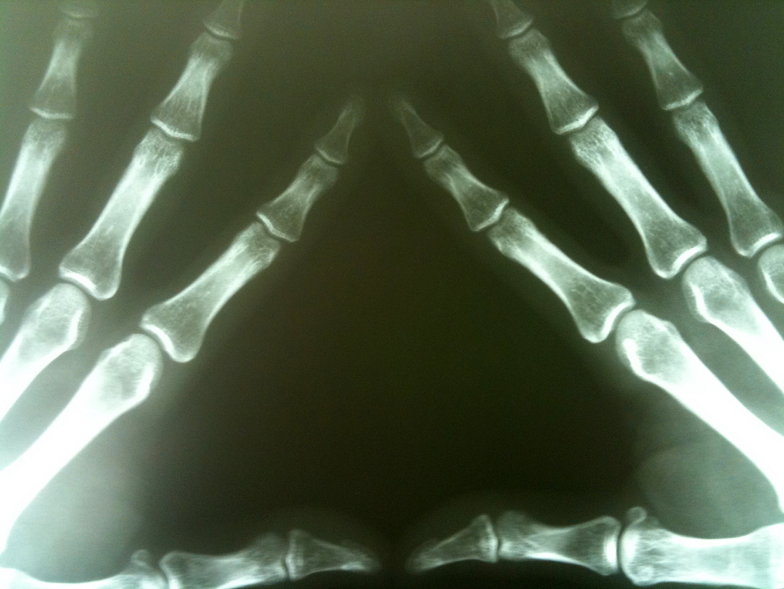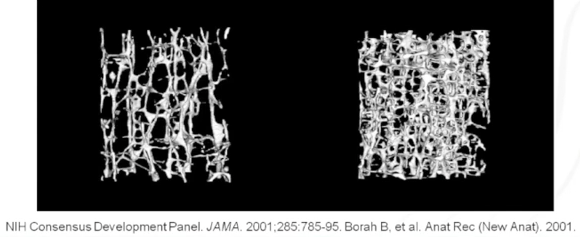Last Updated on February 7, 2020
February is American Heart Month. With over 67 million Americans with high blood pressure, one’s awareness can save lives. High blood pressure can present with no symptoms, making it important to check regularly and to set a goal with their doctor if they find their BP is too high. People with high blood pressure are four times more likely to die from a stroke and 3 times more likely to die from heart disease. Heart disease is the leading cause of death in Americans.

In a previous blog post we discussed heart health in young men, but it is equally important for women. High blood pressure, smoking, and high LDL cholesterol are key factors of heart disease, but other conditions such as diabetes or obesity also put people at a higher risk. To decrease your risk, don’t smoke, make healthy food choices, limit alcohol intake, lower your stress level and find healthy ways to cope with stress. If prescribed, be sure to take blood pressure medicine as directed.
NeedyMeds’ Disease Information Page for Heart Disease has information on the assistance available for those in need, including Patient Assistance Programs (PAPs) that offer medications for low or no cost as well as Diagnosis-Based Assistance. Assistance can also be found in our State Sponsored Programs, including the CDC’s WISEWOMAN program to provide low-income, under-insured/uninsured women with chronic risk blood pressure and cholesterol screenings. Use our website to find assistance or call our toll-free helpline at 1-800-503-6897.




